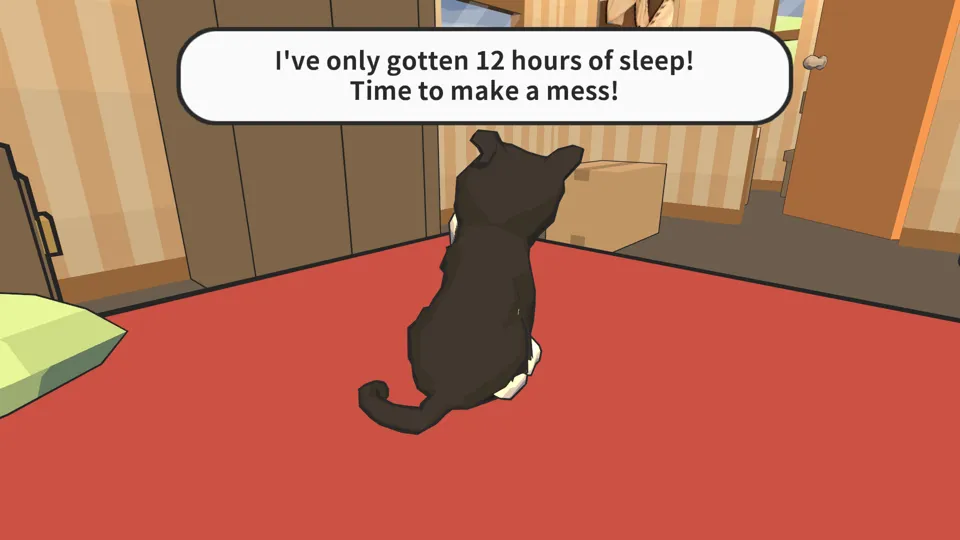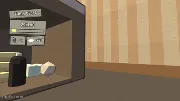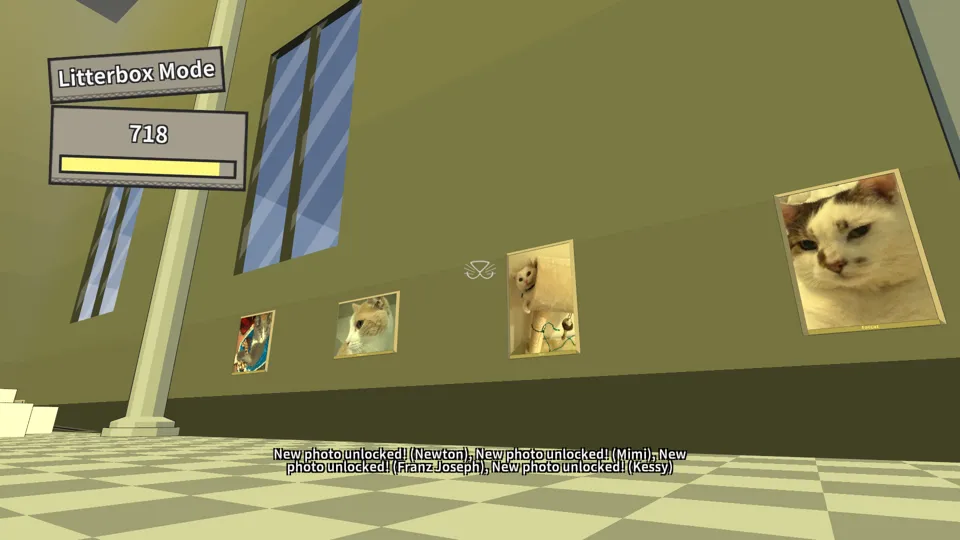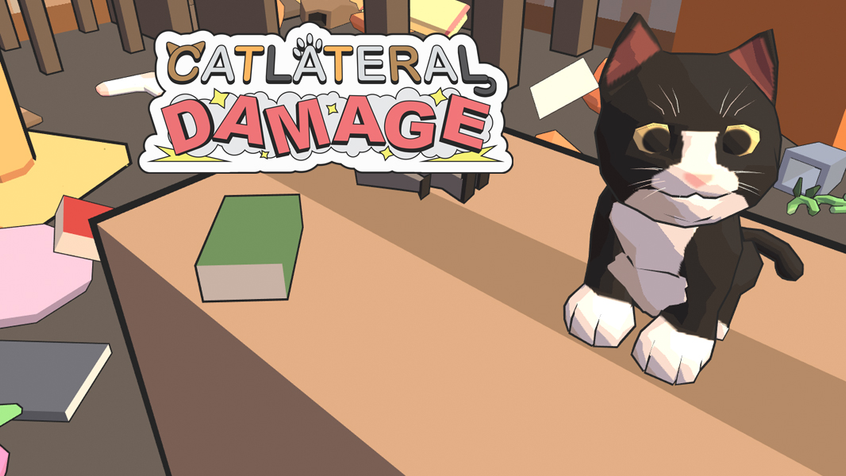Catlateral Damage
I love cats. They are silly little murder creatures who, for some reason, purr and allow themselves to be petted from time to time. I, to a certain extent, also understand the more general internet obsession with cats. They are small, do silly things, and enjoy nothing more than chaos, mayhem, and naps. They are tiny demons, invited into homes with the knowledge that they are harbingers of destruction, and embraced for what they are.
One consequence of this obsession with cats is that they are everywhere, including in video games. There is a fair amount of banking game developers do on the popularity of cats to market their games. Games like Cat President or Cat Quest don’t necessarily need to have cat protagonists, but in doing so, the game already attracts a fair amount of goodwill. The games are just as good with a human protagonist, but adding a cat makes them ridiculous enough to be truly endearing.
Catlateral damage, on the other hand, needs its cat protagonist. It relies on the cat not only for the mechanics of the game, but for its story, and for the goodwill it brings. I’d argue the entirety of Catlateral Damage is the cat, with nothing else truly meaningful behind it. This is game with a cat, and that shows on every level of the game.
 It is not a sympathetic cat.
It is not a sympathetic cat.
In Catlateral Damage, the player plays as a cat. This is, however, not just any cat. This cat is the pure embodiment of chaos, a chort in every sense of the word. Its only goal is the absolute devastation of its environment. Every object must be evicted from its place, every fragile thing demolished. This is less a cat and more a force of nature, seeking to reduce the world to total entropy, regardless of the obstacles that try and fail to hinder it.
The mechanics are simple. The cat roams, jumps, and swats objects off shelves, tables, or whatever other place they may be unfortunate enough to be. There are occasional power-ups and random events, but these seem to be rare enough that they exist less to impact gameplay, and more to provide a bit of spice to the otherwise vanilla experience of playing the game. There is a sandbox mode and a challenge mode. Gameplay is largely the same between the two, with challenge mode having a timer.
 Truly, this is a feline utopia.
Truly, this is a feline utopia.
As per usual, I’ll remind the reader that I play every game on touchpad, both because it’s my meme at this point, and because I’m lazy and don’t want to learn how a controller works. Games like this are generally more difficult to play on a touchpad, and I bear that in mind as I evaluate them.
However, with that in mind, I still found that Catlateral Damage had infuriatingly sluggish controls and almost game-breaking graphical issues. The game centres around a cat exploring a space and either swatting or shoving items from their shelf to the floor. Swatting takes several clicks, and even then, the object being swatted barely moves. Headbutting is more efficient, but I often found myself either clipping through the object, or unable to judge how much space was left on the platform, and accidentally throwing myself off the shelf in addition to the item I was targeting.
While these frustrations are annoying on their own, in the context of a timed challenge, they render the game nearly impossible. I tried the timed challenge multiple times, but couldn’t get more than a third of the required objects before time ran out. Similarly, sandbox mode became a tedious slog of trying to complete every object, one miniscule swat at a time. The game ceased to be an experience of a cat’s desires, and instead became a vision of hell from which this particular demon emerged.
While I accept that part of this is likely due to me playing on touchpad, that the controls themselves are sluggish and glitchy makes me think I can’t blame the game’s difficulty solely on my laptop. That becomes even more clear when looking at the level design itself.
 Who is this museum for?
Who is this museum for?
While Catlateral Damage has a variety of procedurally generated levels, the levels themselves have no particular uniqueness. The gameplay remains the same throughout - hop on shelf, fall off shelf trying to headbutt a book, repeat - creating a sense of lifelessness. I was tongue in cheek earlier, but these levels do feel like a specific vision of hell, one where the player has been condemned to enact some demonic idea of what a cat is, but without any understanding of the actuality of the feline experience. This is a game where the only draw in the sense of destruction, but the difficulty in achieving that complete destruction means there is no satisfaction in it. It is an exercise in futility. When coupled with a dull level design and grating music, the game descends into a tedious abyss.
Developer: Manekoware
Genre: Simulation
Year: 2015
Country: United States
Language: English
Play Time: 2-3 Hours
Youtube: https://youtu.be/EkhbOcokxV0
